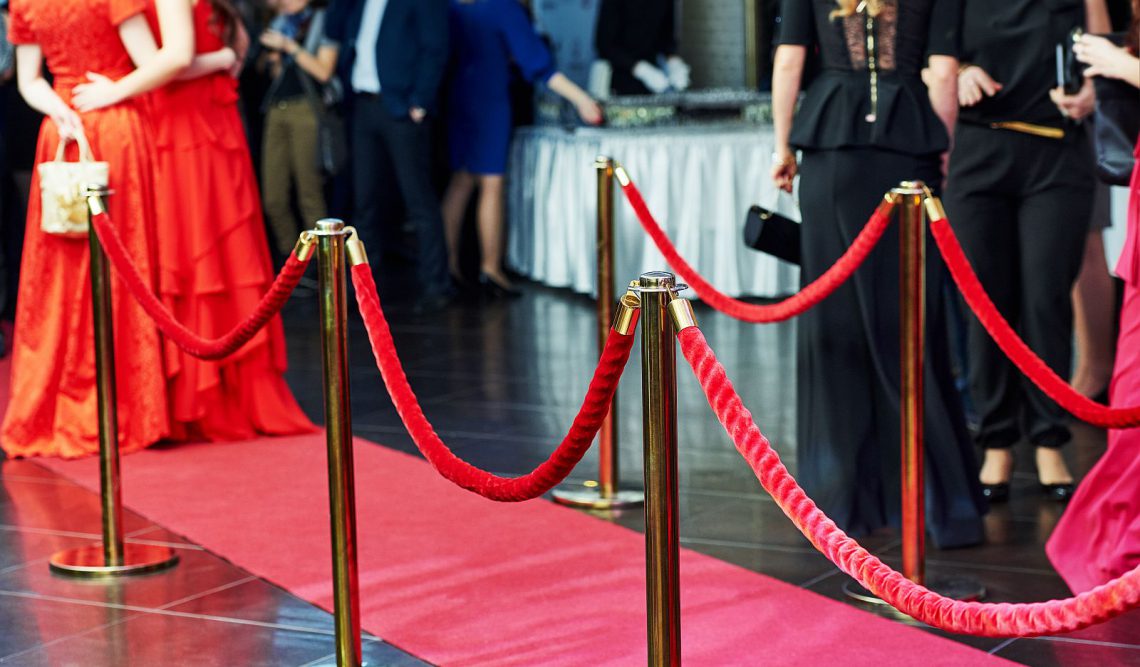
Event First Impressions: How to Use Psychology to Wow Your Guests
It’s funny how when we are planning an event we don’t use that one basic tool we all have at our disposal – the fact we are all humans and we experience the world using the same senses. So when it comes to event first impressions, we’ll spend hours and weeks poring over the finer details. We empty our budget without really putting all that knowledge we have to good use. And that’s where psychology is so powerful.
Psychology reminds us of the basics. How we view the world as human beings. What we notice when we walk into a room. How an environment affects us. What the space around us makes us feel like. How colours and lighting change our mood. What certain smells can evoke. But too often event managers will forget that they are dealing with human beings and get bogged down in the nitty gritty of wall decals and branding. So let’s go right back to basics and see how psychology can help with event first impressions.
Event First Impressions and Psychology
First impressions happen quickly
You have about 5 seconds to create a good first impression at your event. If you don’t it will take much longer to erase that initial impression. Once people have made an impression or a judgment, it colours the rest of their experience. You are now going to have to work ten times as hard to get them to change their mind.
So what makes a bad impression? Think about how you would perceive an event if you were attending. If you turned up and there was rubbish lying about the entrance. You would immediately think the organisers didn’t care about their guests. You might also think that if the outside was dirty so might the inside be.
But what if it was raining and the event organisers had rented free umbrellas for guests queuing outside? How would that make you feel? Or if the check-in was taking a long time compared to a slick entry system where staff address you by name. Again, you would form an impression that in the first instance the event is understaffed and likely to be slow, but the second is very well organised and professional.
Don’t forget non-verbal cues
If you have staff members stood in corners with their arms folded and turned away from guests this sends out a non-verbal message that they are not available. Open body language with a relaxed posture and smiling faces is much more welcoming. You want your guests to feel wanted, after all, they’ve paid good money to be there.
What’s the layout of the venue like? If it’s tight and packed, people are going to feel like they are being rushed through without space to breathe or relax. An open plan layout with wide, expansive routes allows guests to take their time. They can wander, chat, network, and involve themselves in the event. And surely this is what you want at the end of the day?
Don’t forget, people use all their senses, not just their eyes. So think about how you are going to use these other senses. For example, how warm is the venue? If it is the summer, can you keep your guests cool? What about lighting? Lighting can be used to create all kinds of effects and moods.
Balance the old with some new
Whilst we all like to think we are risk-taking speed-junkies, actually, the truth is a little different. Sure, we are interested in new stuff but we don’t like too much of it in one go. People can easily become overwhelmed when they are faced with too many new stimuli. So it’s important to have the right blend of exciting innovation with familiar things we all know.
Guests are going to be excited and a little nervous when they arrive at your event at the start anyway. A good way to ease the tension is to fill the entrance of the venue with things they are used to. This can be anything from your brand, company members, products or even logo colours.
Finally, when it comes to first impressions at an event, the best thing any event manager can do it walk the event and see what it looks like from start to finish. Seeing it with a fresh pair of eyes often highlights any glaring errors you might have missed.
